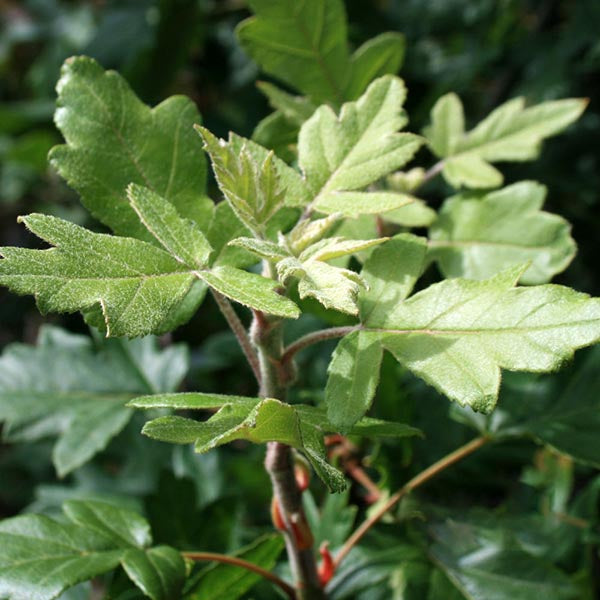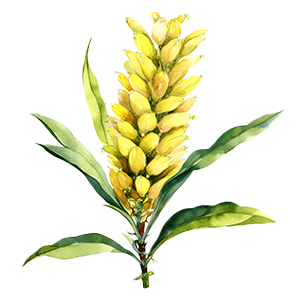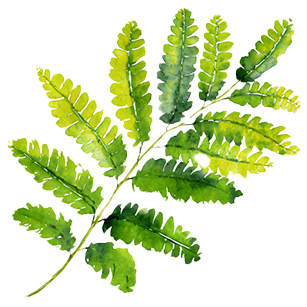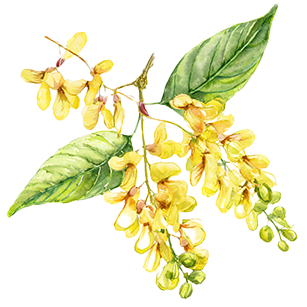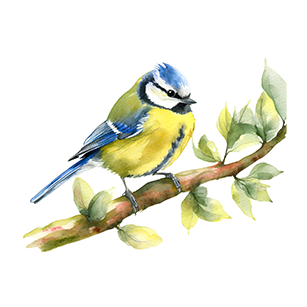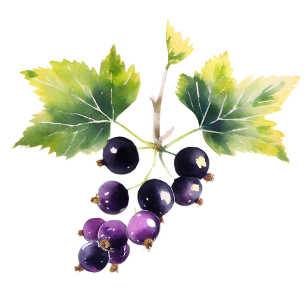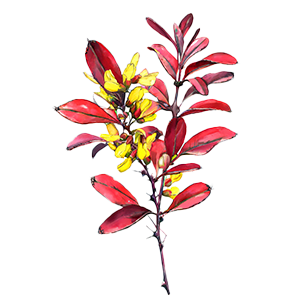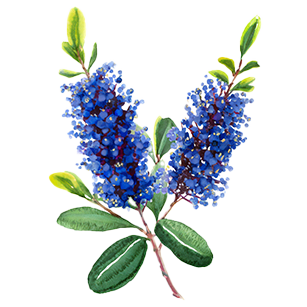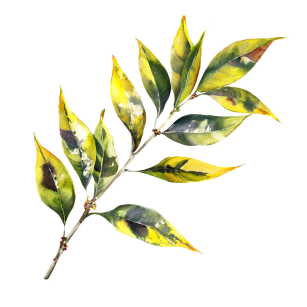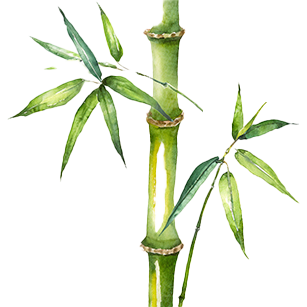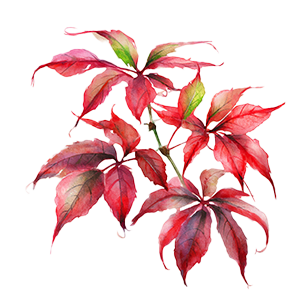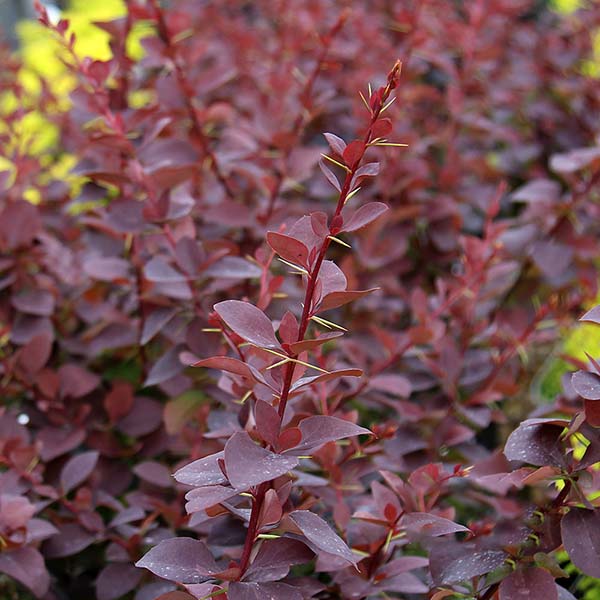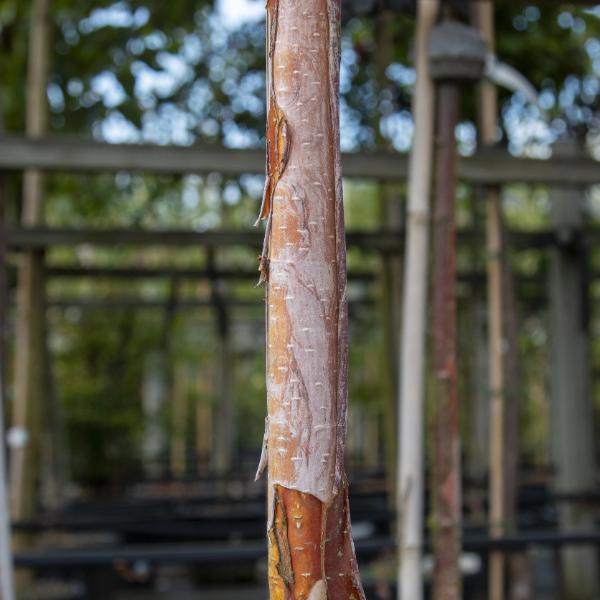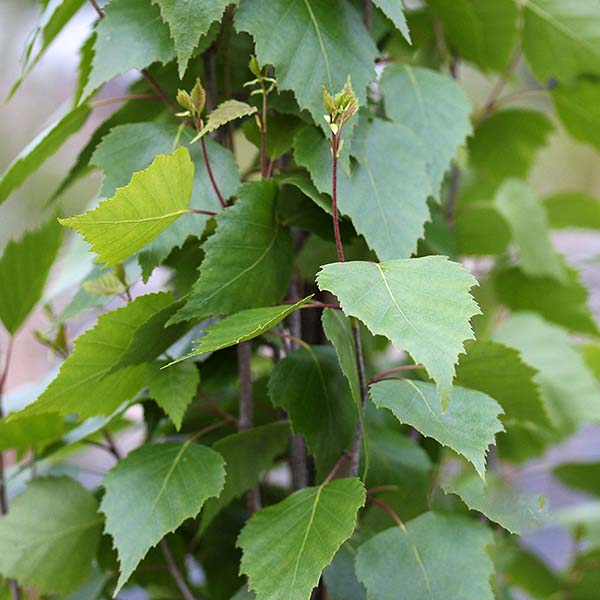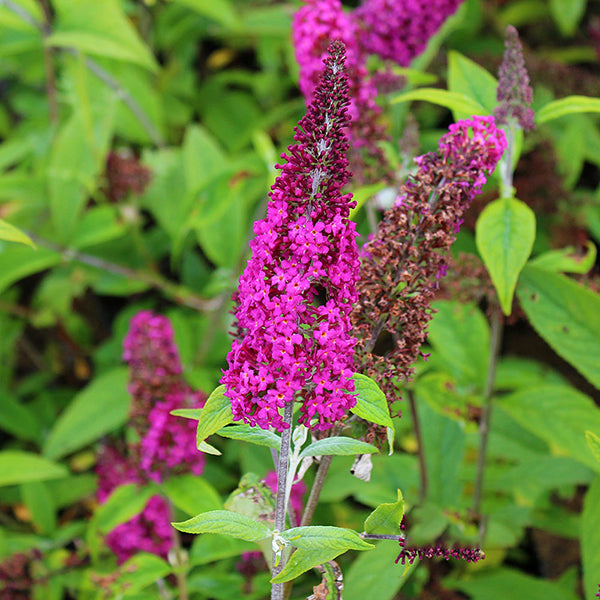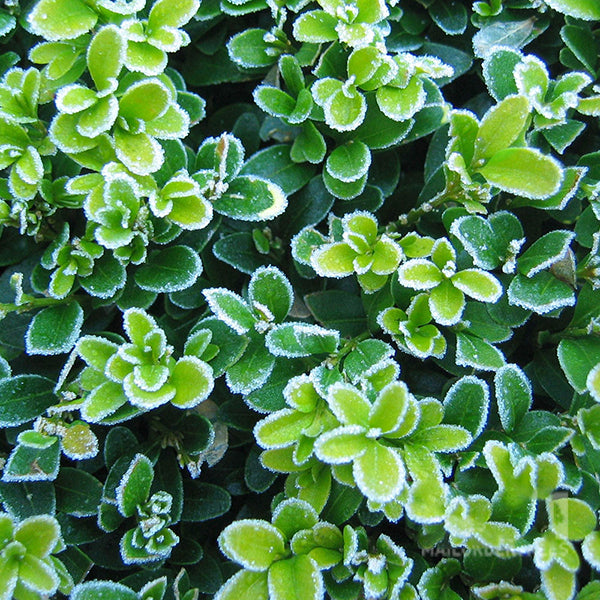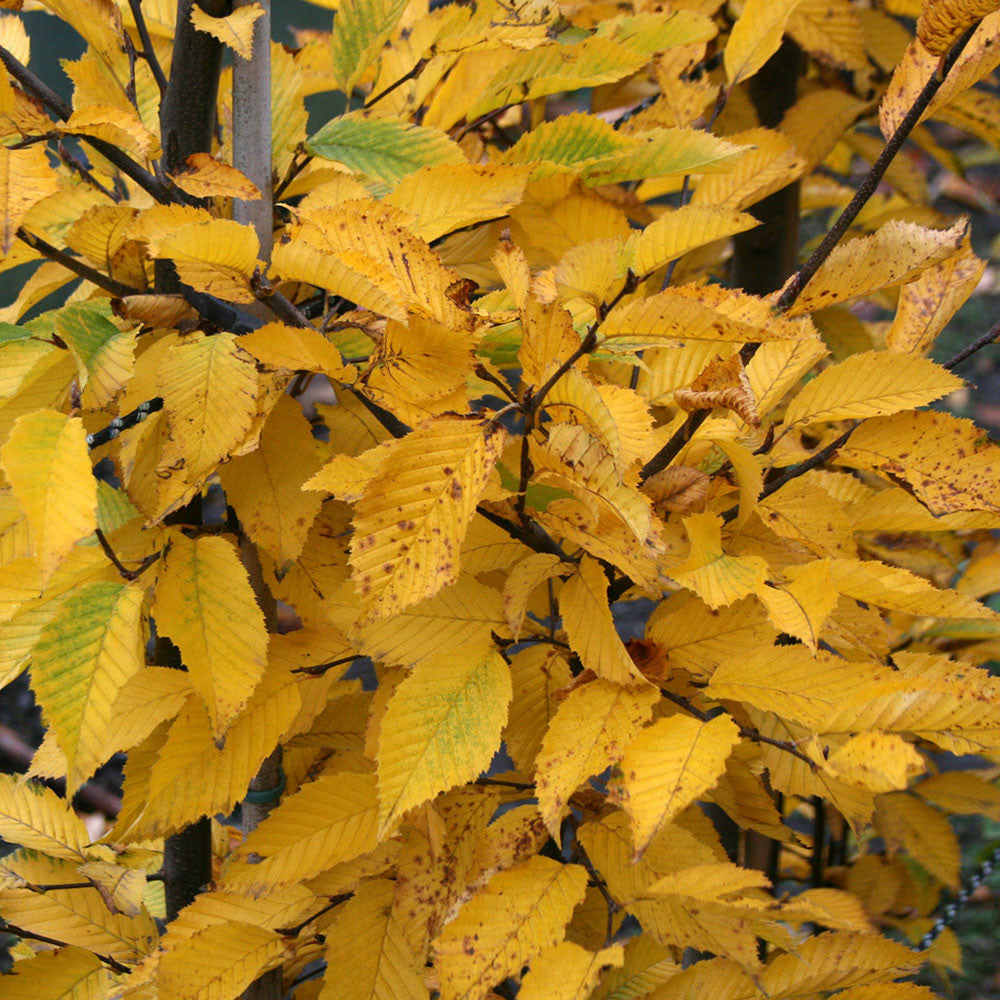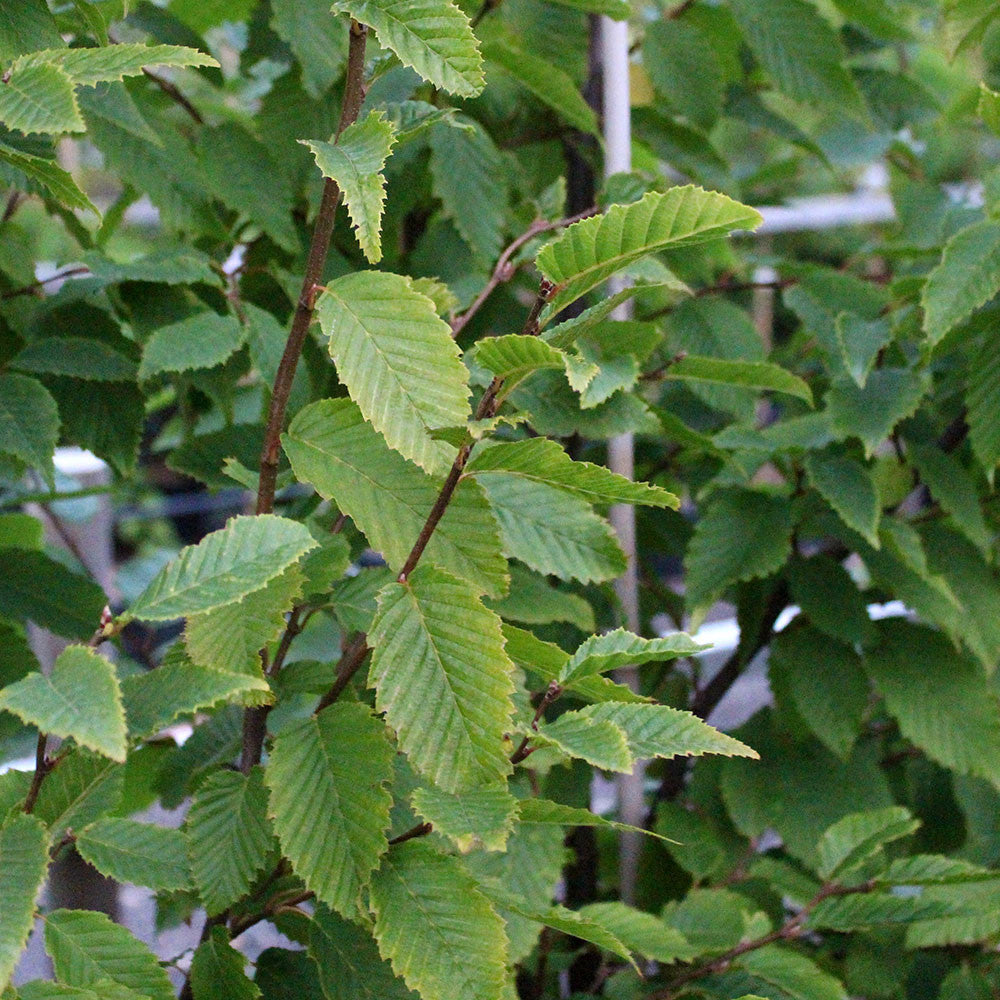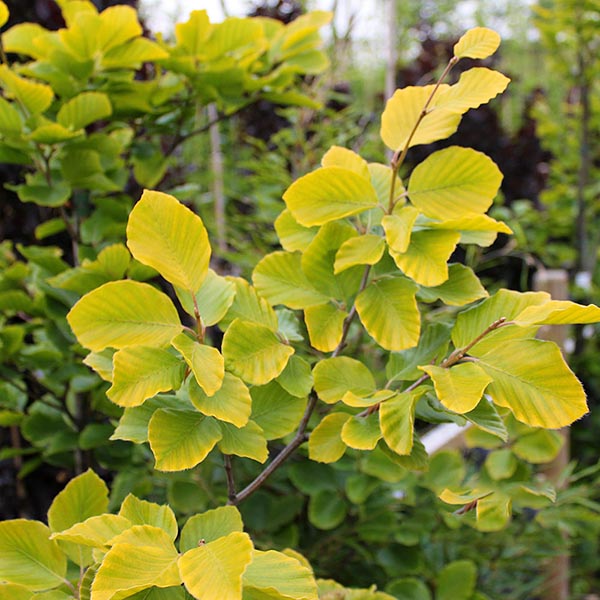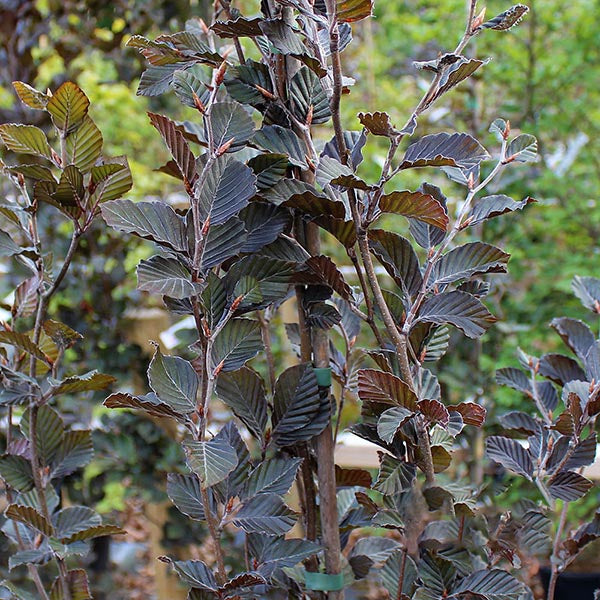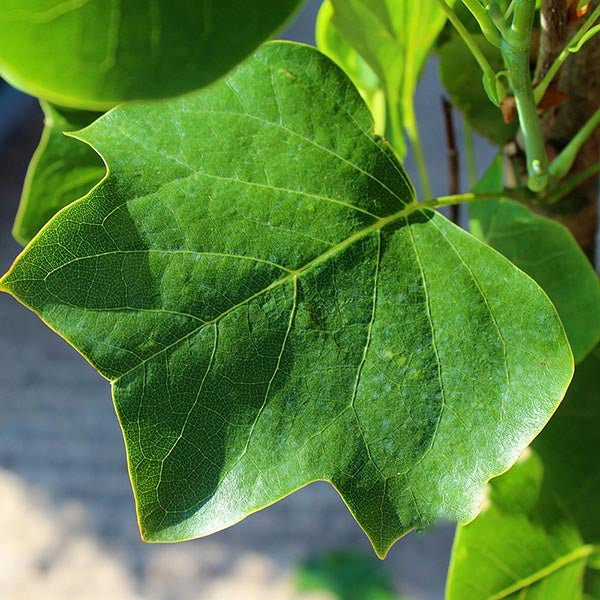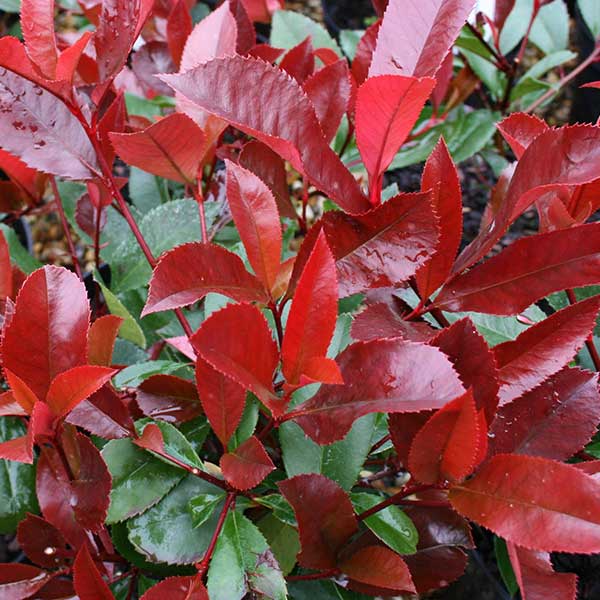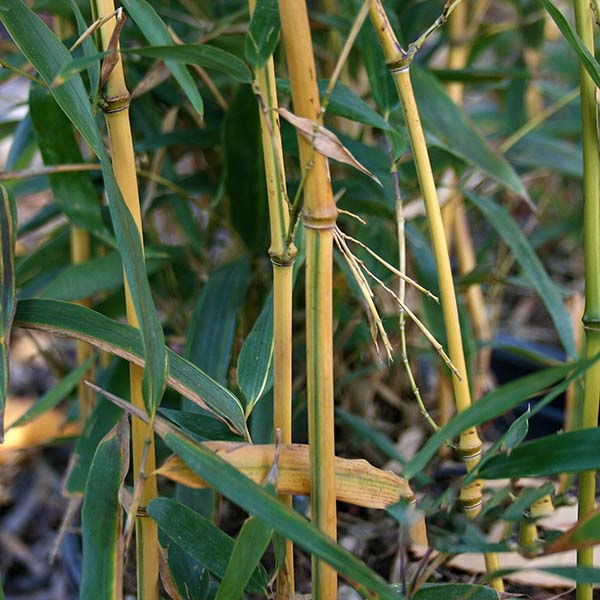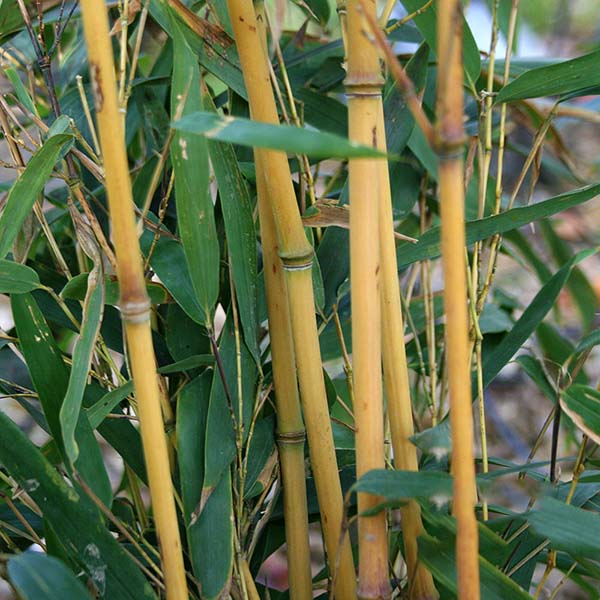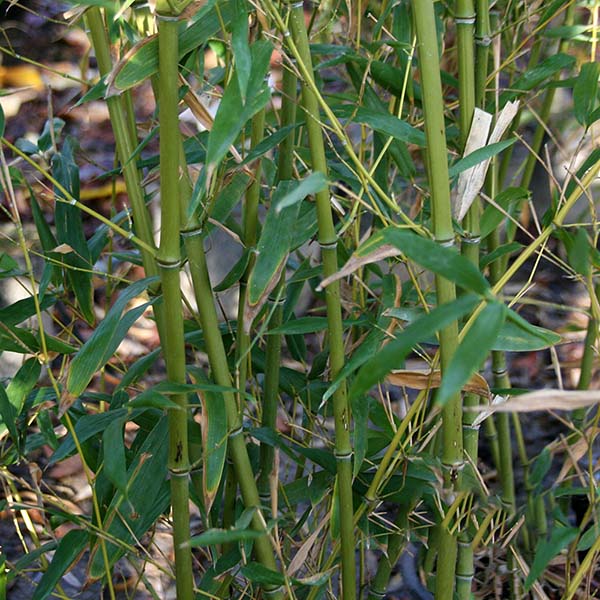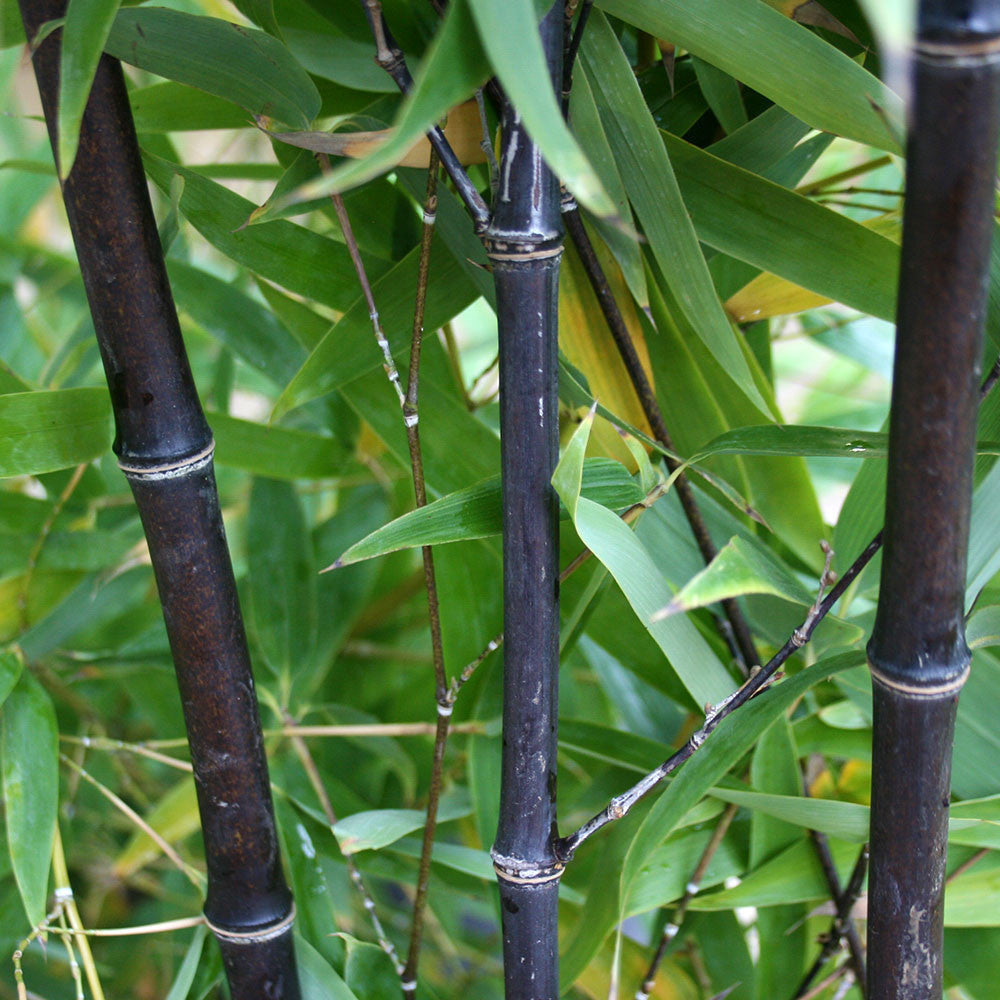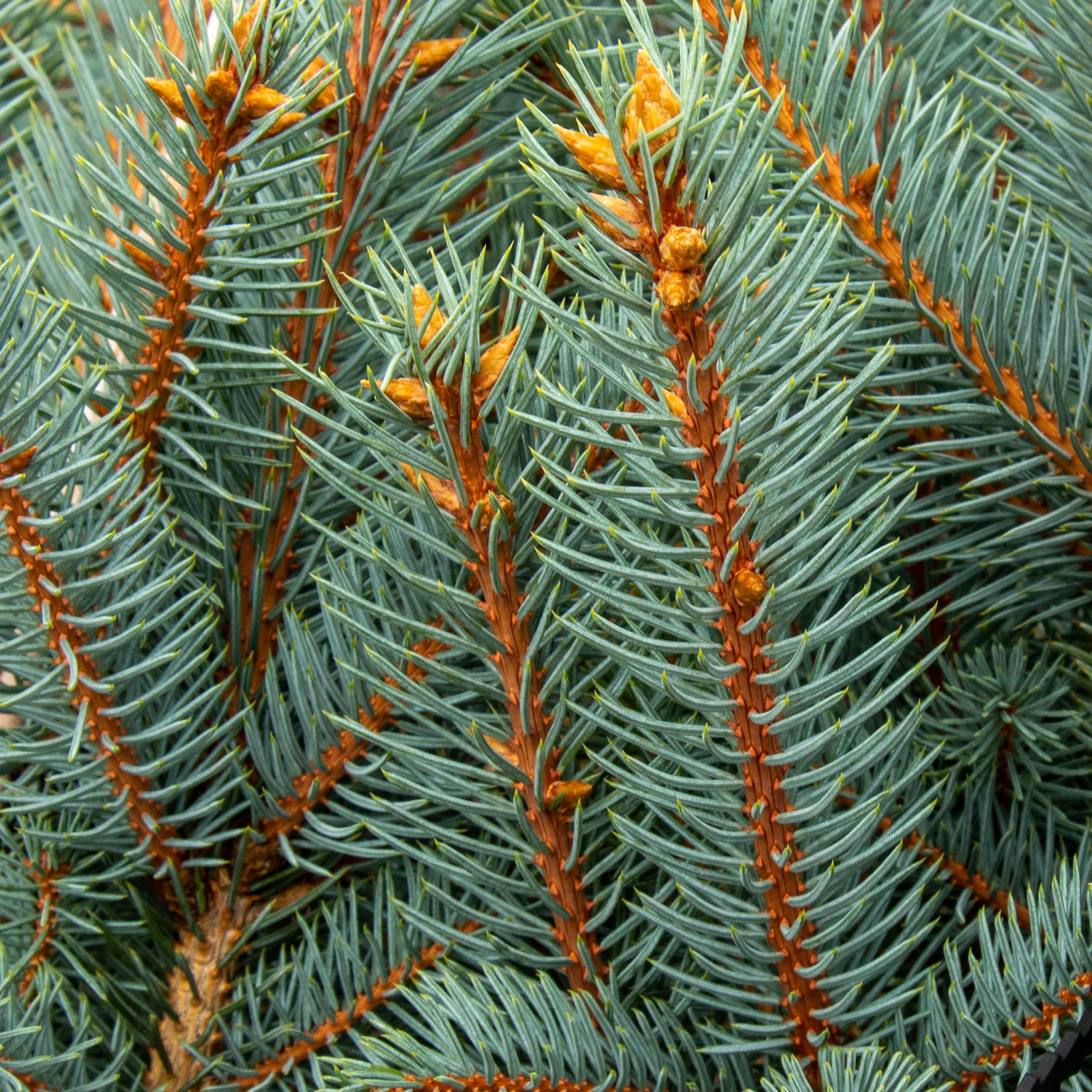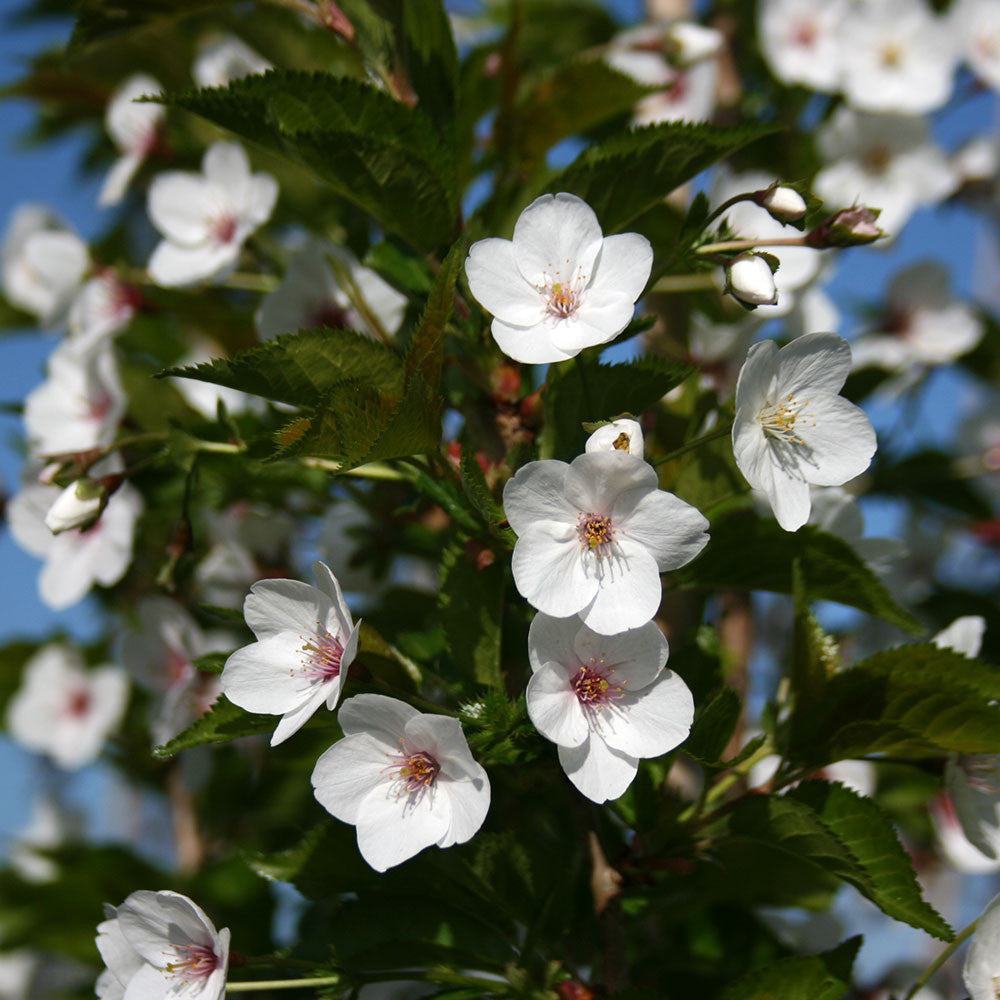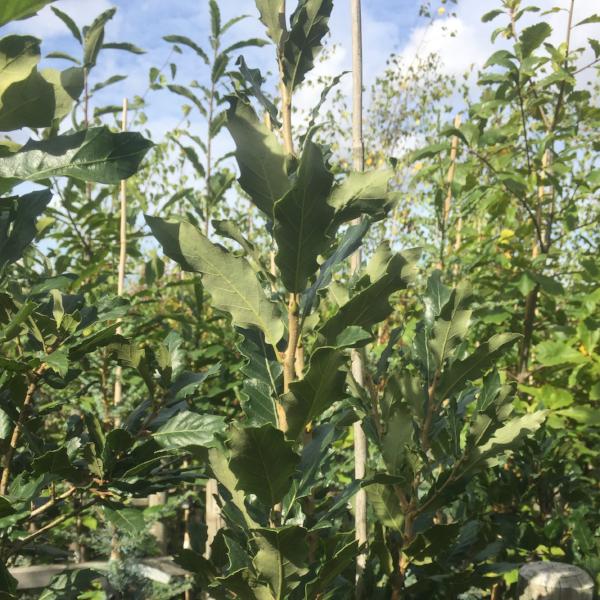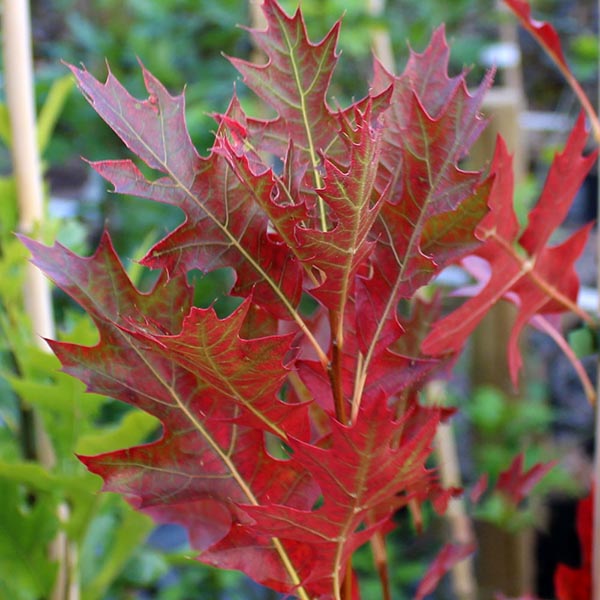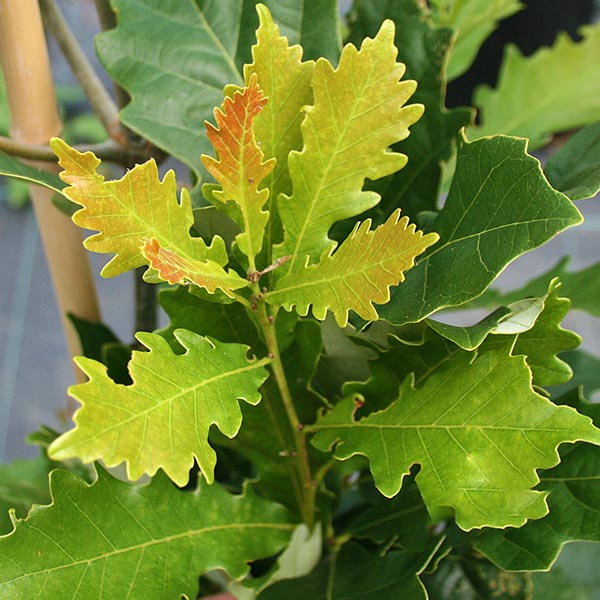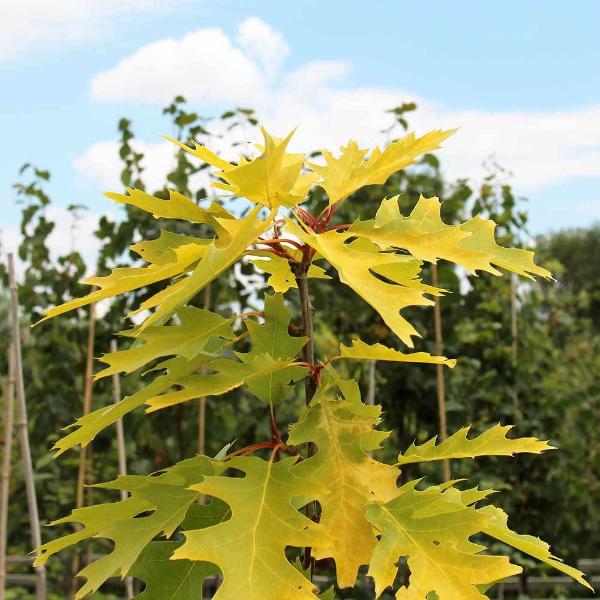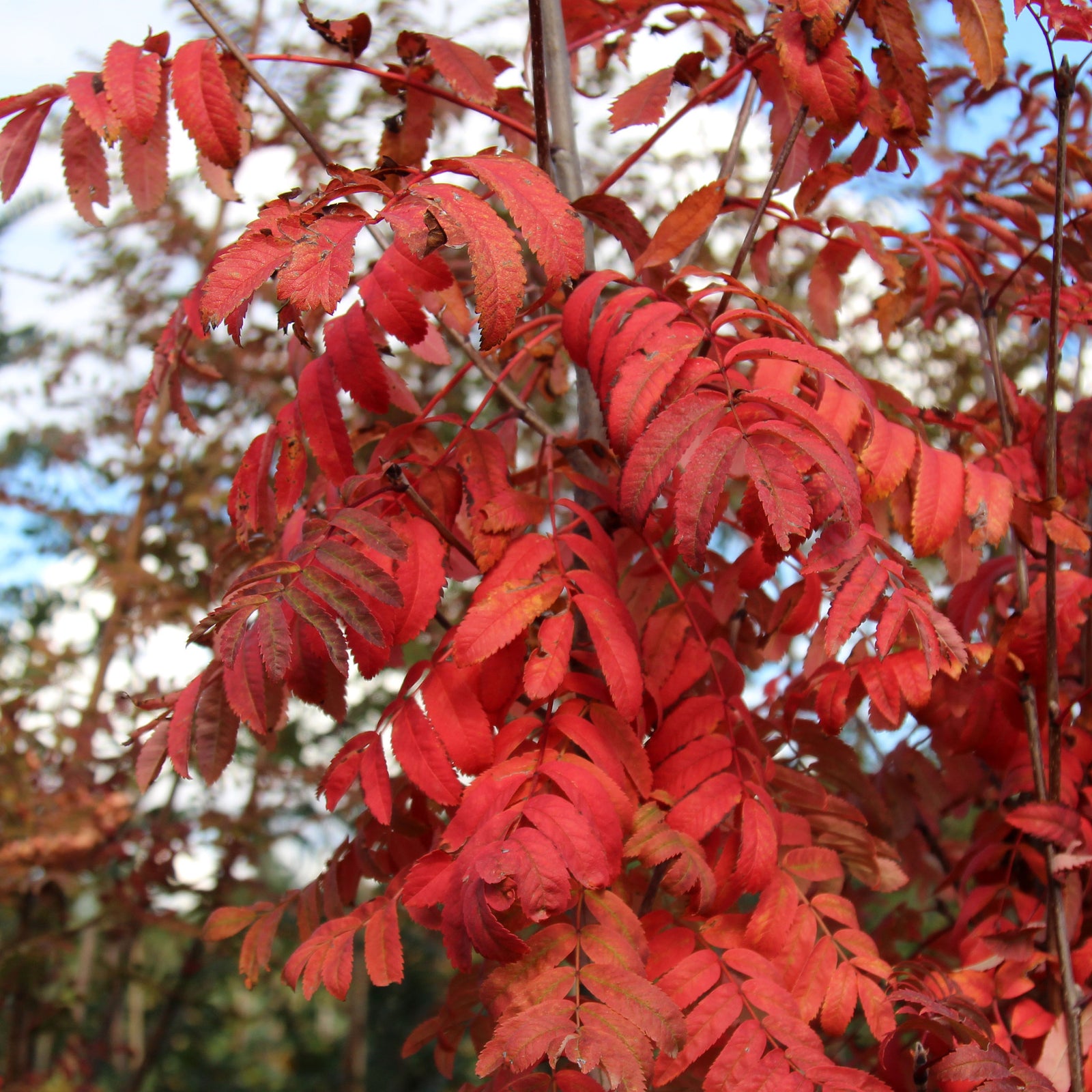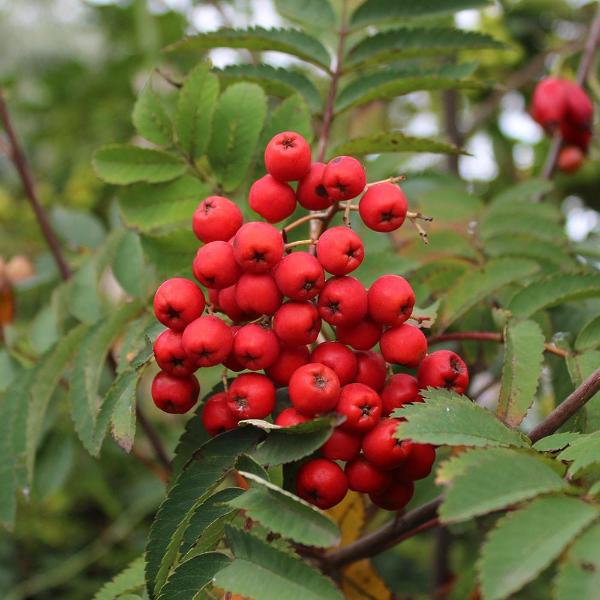Quercus palustris Green Pillar
Pin Oak Tree
Common Name: Pin OakLatin Name: Quercus palustris 'Green Pillar'Soil: Well drained, moist or dry. Acidic or neutral.Position: Full sunFlowering period/colour: April, green, insignificant.Hardiness: Fully hardyHeight and spread in 20 years: 15m/4mSpecial features: Columnal form, deep green leaves, vibrant red autumn colour.Quercus palustris 'Green Pillar' has a tall columnar or fastigiate shape brought about by vertical growth of its branches. This is a great architectural asset in certain garden design situations, particularly as a screen or visual barrier, or as a single specimen plant.This variety thrives in full sun and dry soil, and so makes an ideal shade tree. It can be particularly useful as a street tree providing a visually attractive avenue, as well as shade for pedestrians. The tree is tall and very slim in its youth and spreads a little more in later years, with a slightly different visual effect.The leaves of this species are dark green in summer, and bright, vibrant red in autumn. This ensures lasting appeal though the seasons. The tree is deciduous, and so drops its leaves in winter. The liberated winter structure allows bright light through the canopy, which is a huge advantage for pedestrians or garden users. This tree has a tendency to retain just a few leaves in winter, creating a specific visual effect, which is particularly valued by some. This should be considered when making a choice of variety.Quercus palustris 'Green Pillar' is moderately fast growing, reaching about 15m tall and 4 metres wide, and prefers acid or neutral soils. Chlorosis occurs in the leaves in alkaline soil due to iron deficiency. This species is fully hardy in the UK.
